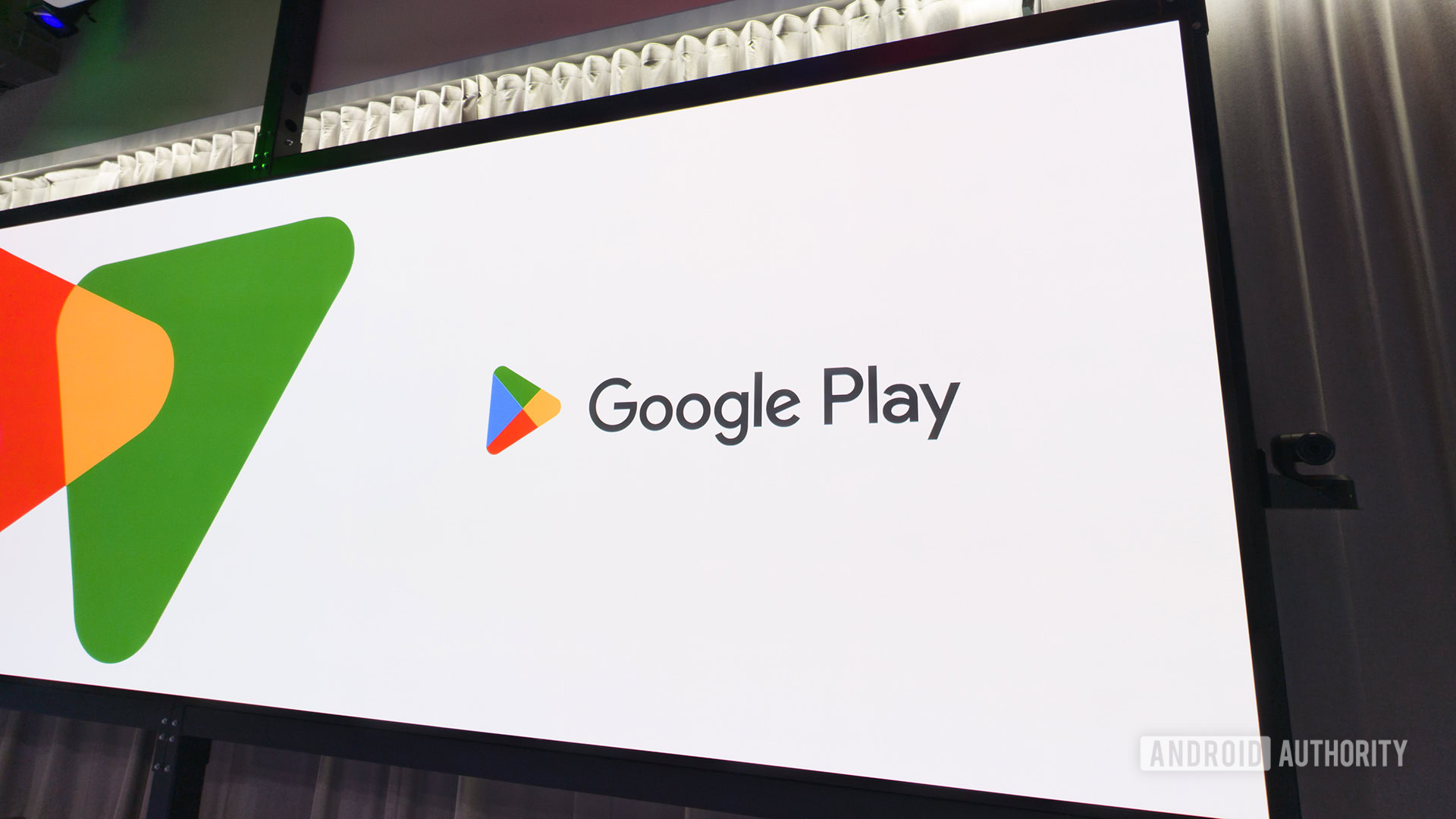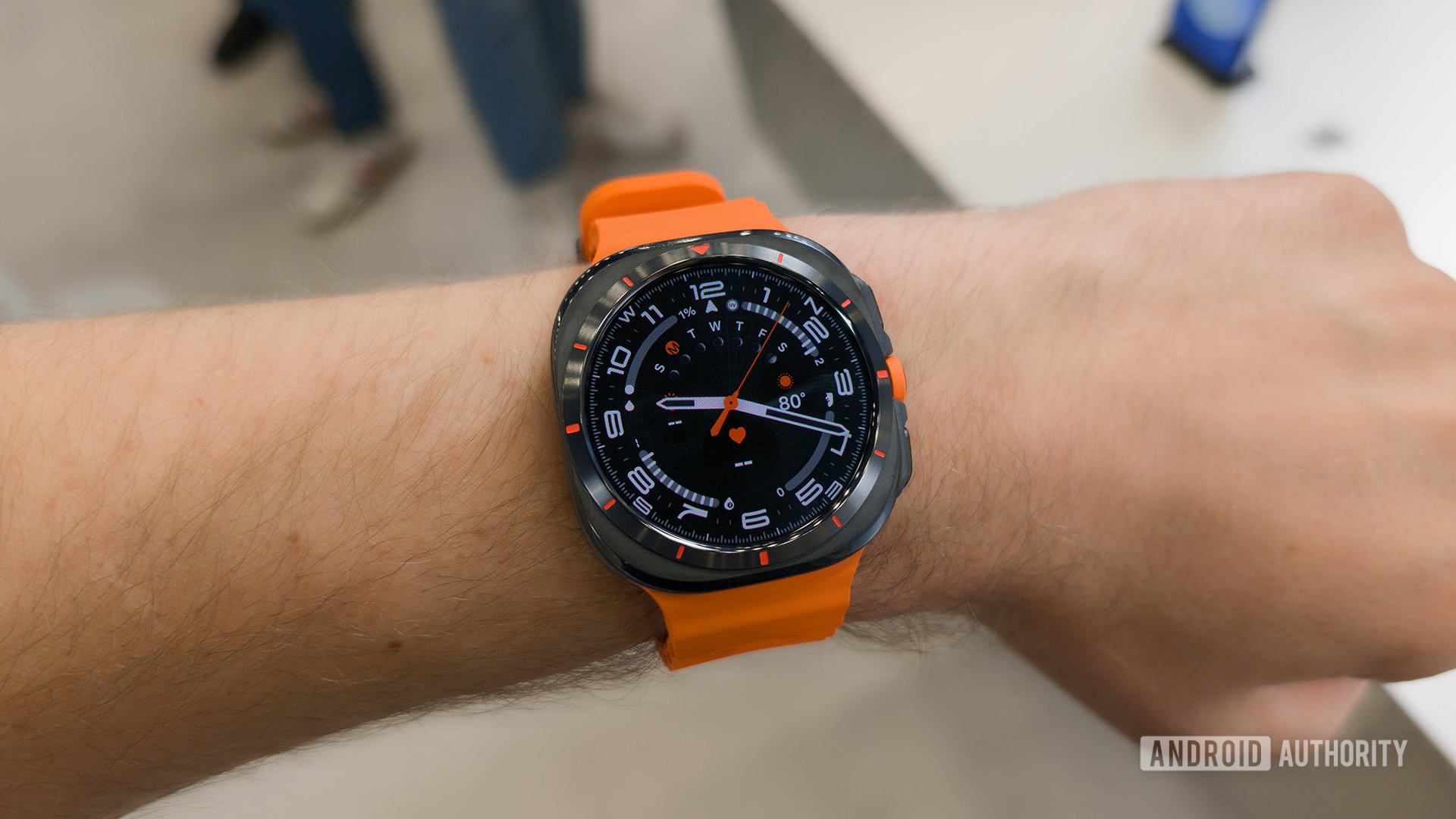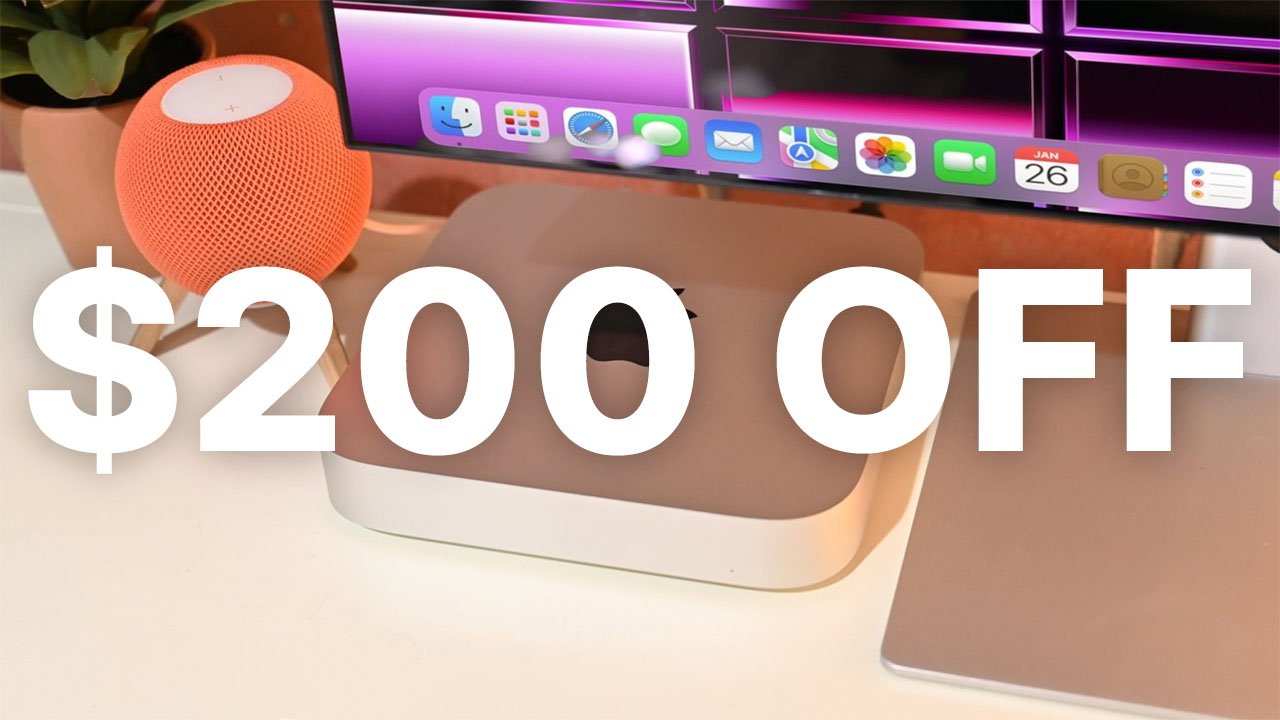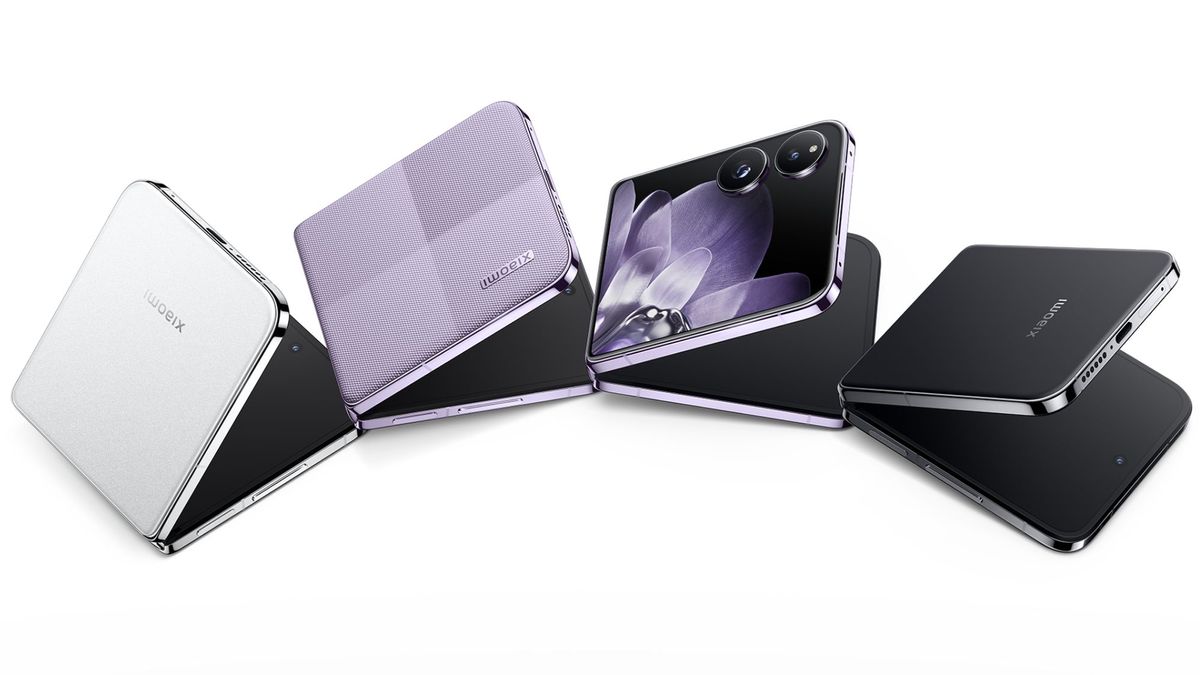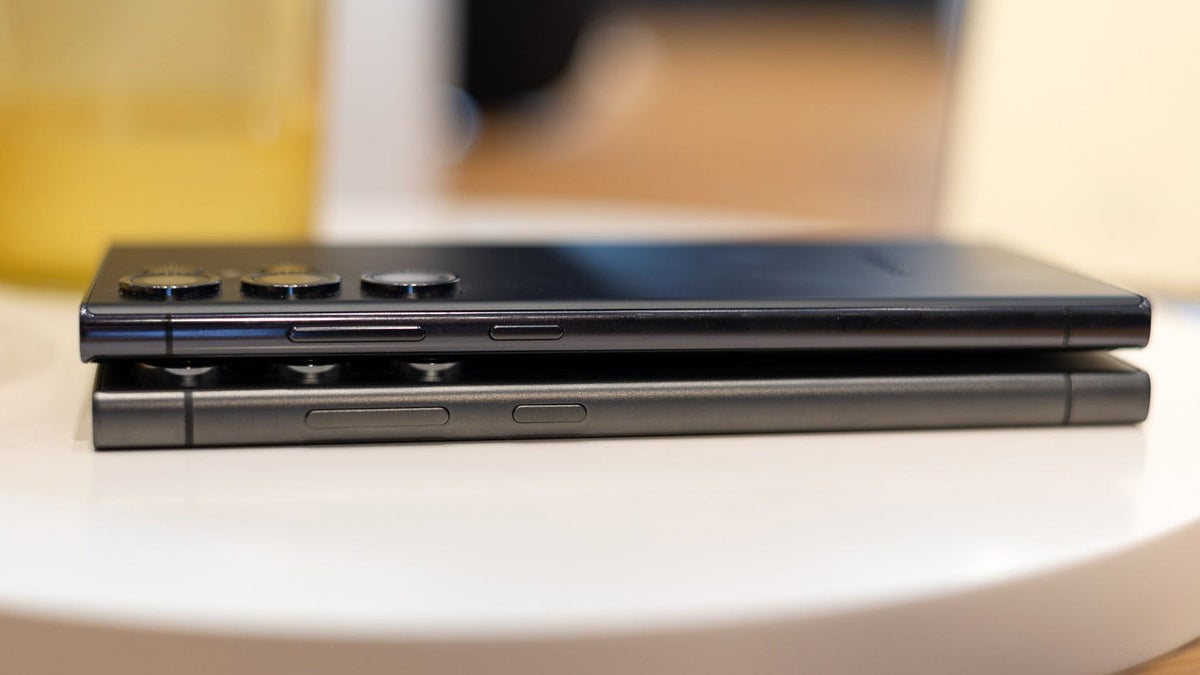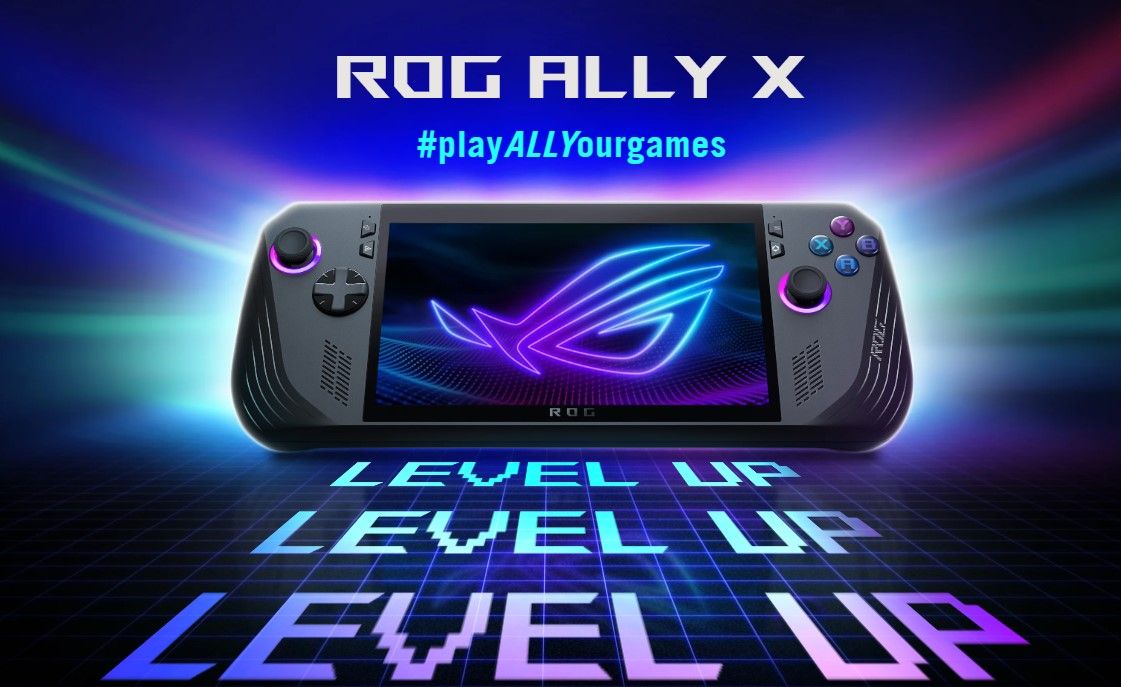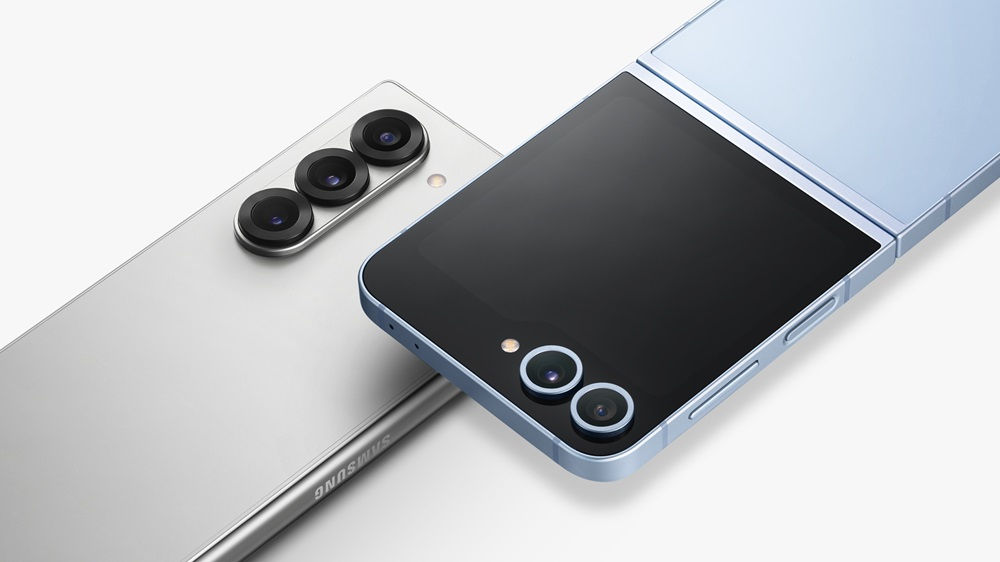From www.phonearena.com
Intro
Apple just refreshed the iPad Air and iPad Pro ranges, and the latter in particular has scored a ton of updates in comparison with the previous generation. We’re talking about a new M4 chipset, built on a second-gen 3nm process, a dual-layer OLED screen (a first on an iPad after years of miniLED use), a much thinner design, and a host of new accessories.
How will this new tablet fare against the Galaxy Tab S9, a pretty decent Android tablet that is essentially the best alternative to Apple’s slates? Can Apple’s best new slate outperform Samsung’s latest pride and glory?
Let’s unravel the differences and see how these two tablets will fare.
iPad Pro 11-inch (7th Gen) vs Samsung Galaxy Tab S9 expectations:
- 3nm Apple M4 chipset versus 4nm Qualcomm Snapdragon 8 Gen 2
- 5.3mm vs 5.9mm thickness
- Tandem OLED screen vs single-layer 11-inch OLED screen
- 1000 nits of max brightness (1600 nits in HDR mode) vs 420 nits of max brightness (750 nits in HDR mode)
- 20W vs 45W wired charging
Table of Contents:
Design and Size
Premium tablets
Unlike its 13-inch sibling, the 11-inch flavor of the iPad Pro hasn’t scored major design changes. Some slight alterations to the size have made the tablet slightly larger but thinner than its predecessor. We are talking about a 249.7 x 177.5 x 5.3mm tablet, essentially one of the thinnest Apple device ever. How does this compare to the Galaxy Tab S9? Well, that one stands at 254.3 x 165.8 x 5.9mm, so it’s pretty similar to the iPad Pro 11-inch.
Aside from that, the iPad Pro remains a mostly rectangular 3:2 tablet with an all-aluminum design. There are some notable changes. While the camera island looks pretty similar to before, but it now lacks an ultra-wide camera. At the front, the cameras are also positioned on the long edge, making video calls more natural as the user won’t have to look to the side.
Meanwhile, the Galaxy Tab S9 is a very light and compact all-aluminum, mostly rectangular tablet with an 11-inch OLED display at the front. It’s IP68-rated, so pretty well protected from the elements. In comparison with the previous flagship Samsung tablet, the Galaxy Tab S9 comes with a single camera only, which streamlines the design.
In terms of weight, the Apple device also comes ahead: it weighs less than a pound, or 446gr, while the Galaxy S9 tips the scales at 498gr, a significant difference.
Display Differences
Well, the anticipated switch from miniLED to OLED has just taken place, a first for the iPad lineup. The new Ultra Retina XDR display employs a so-called tandem OLED screen, which uses two OLED display layers to achieve even better brightness: up to 1,000 nits of maximum brightness in regular scenarios and up to 1,600 nits in HDR mode. Apple also says that the display has much better HDR capabilities, capable of showing brighter specular highlights and more detail in the shadows.
A new nano-texture option for the display promises to do away with unwanted reflections. Apple says it “is precisely etched at a nanometer scale, maintaining image quality and contrast while scattering ambient light for reduced glare.” However, it’s only available for the 1TB and 2TB versions of the tablet, and costs $100 extra.
This change would put the iPad Pro 7th Gen in line with the Galaxy Tab S9, which comes with an 11-inch OLED display (also a first for the most compact Samsung tablet), an improvement over the LCD screens of previous small Samsung flagship slates. Size-wise, you have to understand that you will get more screen with the iPad, as it employs a 3:2 aspect ratio, while the Galaxy Tab S9 is a tablet with a 16:10 screen more suitable for movies and other media.
However, brightness on the Galaxy Tab S9 is noticeably less inspiring: 420 nits maximum, going up to 750 nits in HDR mode. A smooth 120Hz refresh rate is also present here.
Performance and Software
The power of 3nm
The new iPad Pro comes along with the M4 chip, which is built on second-gen 3nm manufacturing process. It’s the first time a desktop-grade Apple silicon debuts on an iPad. And from the looks of it, with the M4 chip, Apple is certainly extending its lead in the performance race even further.
Consisting of up to four performance cores and six efficiency cores, the chip is 1.5x faster than the previous M2-powered iPad Pro, which is more than a decent bump in performance. The GPU is also vastly improved: the ten-core component now supports Dynamic Caching, hardware-accelerated mesh shading, and ray tracing for the ultimate gaming experience.
But where the M4 chip truly shines is efficiency. Apple says the M4 can deliver the same performance as the M2 while using half the power.
AI plays a big role with the M4 chip. It comes with what’s Apple’s most powerful Neural chip ever, reportedly capable of 38 trillion operations per second. To sort of put this outlandishly large number into perspective, it’s more than enough to say that this is 60x faster than Apple’s first Neural Engine chip, which debuted in the A11 Bionic with the iPhone X.
Meanwhile, the Galaxy Tab S9 comes with a 4nm Snapdragon 8 Gen 2 chip. Needless to say, we expect the M3 chip to easily dominate the Snapdragon 8 Gen 2 in terms of raw performance and in benchmarks without breaking a sweat.
There are probably 8GB of RAM on the iPad Pro, while the Galaxy Tab S9 also relies on 8GB of memory. There is 128GB of storage available on the Samsung device, while Apple has made the 256GB option the default storage on the iPad Pro as well. The latter is also available in 512GB, 1TB, and 2TB.
Software-wise, the next iPad Pro arrives with iPadOS 18, depending on when Apple releases it. The Galaxy Tab S9, on the other hand, comes with Samsung’s One UI. The iPad is supported for longer, both because it will be released later and will get at least five years of support.
Camera
The Galaxy Tab S9 comes with a single 12MP wide camera at the rear, one fewer than the Galaxy Tab S8 which had an extra ultra-wide camera.
Well, it seems Apple is also keen on “unshipping”, as it has also removed the ultra-wide camera from the new iPad Pro range. The tablet now has a single 12MP wide-angle camera, accompanied by a LiDAR sensor.
Aside from two cameras, the iPad will likely also include a LiDAR sensor like its predecessors, which allows for some more advanced spatial awareness.
At the front, both tablets use 12MP cameras, which should be plenty enough for video calls and the occasional selfie.
Audio Quality and Haptics
We expect that the iPad will continue using the quad-speaker setup that has become synonymous with the iPad Pro line. These should sound excellent. But in all honesty, so does the Galaxy Tab S9, although we wouldn’t count on it beating the iPad in terms of audio quality.
In terms of haptic feedback, the Galaxy Tab S9 is quite disappointing with a mushy vibrator on deck, so it wouldn’t take much for the next iPad Pro to come on top.
Battery Life and Charging
The Galaxy Tab S9 comes with a 8,400mAh battery on board, which delivers very good battery life in concert with the Snapdragon 8 Gen 2 on board.
While iPad battery sizes are among the last tidbits to leak out, the iPad Pro probably has a ~8,300mAh battery inside. However, despite the more efficient chip, Apple is weirdly giving the same battery life expectancy as on the previous iPad model.
The iPad Pro comes with a 20W charger in the box like its predecessor, while the Galaxy Tab S9 comes along with 45W fast charging, but no charger in the box.
Specs Comparison
| iPad Pro 11-inch (7th Gen) | Samsung Galaxy Tab S9 | |
|---|---|---|
| Size, weight | 249.7 x 177.5 x 5.3mm, 444gr | 254.3 x 165.8 x 5.9 mm |
| Screen | 11″ OLED 120Hz ProMotion | 11″ OLED 120Hz |
| Processor | Apple M4 3nm | Qualcomm Snapdragon 8 Gen 2 4nm |
| RAM, Storage | 8GB/256GB 8GB/512GB 16GB/1TB 16GB/2TB | 8/128GB 12GB/256GB |
| Cameras | 12MP wide 12MP front | 13MP wide 12MP front |
| Battery | ~8,300mAh | 8,400mAh |
| Charging | USB-C, Thunderbolt 3 20W wired | USB-C 45W wired |
Summary
Both devices will serve as their respective ecosystem’s flagship compact tablets, and will surely be the best tablets you might consider getting for the larger part of 2024.
Which one you pick would probably boil down to your ecosystem of choice, as the most significant differences between the iPad and the Galaxy Tab S9 will ultimately be the software and interface differences.
[ For more curated Samsung news, check out the main news page here]
The post Apple iPad Pro M4 11-inch vs Samsung Galaxy Tab S9: Small but mighty first appeared on www.phonearena.com


